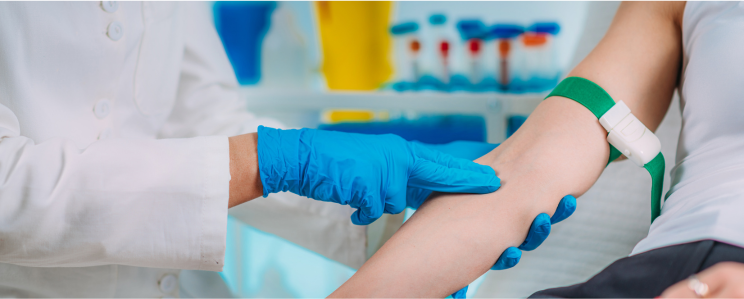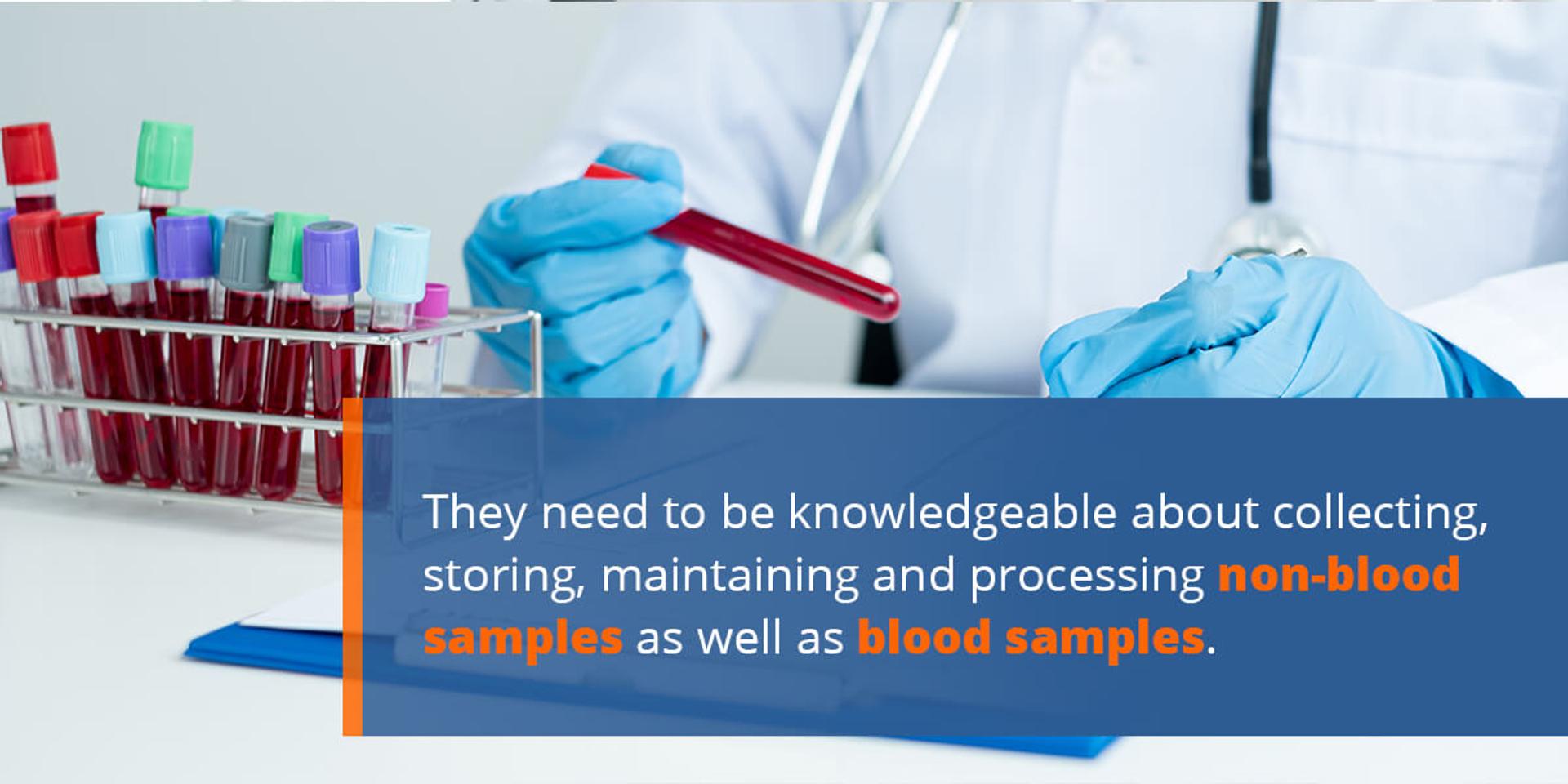Northeast Medical Institute - New Haven Campus Phlebotomy Course & Cna Class Can Be Fun For Everyone
Northeast Medical Institute - New Haven Campus Phlebotomy Course & Cna Class Can Be Fun For Everyone
Blog Article
The 20-Second Trick For Northeast Medical Institute - New Haven Campus Phlebotomy Course & Cna Class
Table of ContentsNot known Details About Northeast Medical Institute - New Haven Campus Phlebotomy Course & Cna Class The Greatest Guide To Northeast Medical Institute - New Haven Campus Phlebotomy Course & Cna ClassA Biased View of Northeast Medical Institute - New Haven Campus Phlebotomy Course & Cna ClassUnknown Facts About Northeast Medical Institute - New Haven Campus Phlebotomy Course & Cna ClassSome Known Questions About Northeast Medical Institute - New Haven Campus Phlebotomy Course & Cna Class.Indicators on Northeast Medical Institute - New Haven Campus Phlebotomy Course & Cna Class You Should Know
The usage of such gadgets ought to be accompanied by various other infection avoidance and control techniques, and training in their usage.For setups with low resources, expense is a motoring factor in procurement of safety-engineered tools. Where safety-engineered devices are not readily available, knowledgeable use of a needle and syringe is acceptable.
Among the essential markers of high quality of care in phlebotomy is the involvement and participation of the patient; this is mutually advantageous to both the health and wellness employee and the person. Clear information either created or spoken need to be available to each client who undertakes phlebotomy. Annex F gives example text for explaining the blood-sampling procedure to a patient. In the blood-sampling space for an outpatient division or facility, provide a comfy reclining couch with an arm rest.
Northeast Medical Institute - New Haven Campus Phlebotomy Course & Cna Class Fundamentals Explained
Guarantee that the indications for blood tasting are plainly defined, either in a created procedure or in recorded directions (e.g. in a research laboratory type). In all times, comply with the approaches for infection prevention and control detailed in Table 2.2. Infection avoidance and control methods. Accumulate all the devices required for the procedure and location it within secure and easy reach on a tray or trolley, guaranteeing that all the things are clearly noticeable.
Introduce yourself to the client, and ask the client to state their full name. Check that the laboratory kind matches the person's identification (i.e. match the person's information with the lab type, to guarantee accurate recognition).
Make the client comfortable in a supine position (preferably). Location a tidy paper or towel under the individual's arm. Talk about the examination to be executed (see Annex F) and get verbal permission. The patient has a right to reject an examination any time before the blood tasting, so it is necessary to make sure that the client has actually recognized the procedure.
The Greatest Guide To Northeast Medical Institute - New Haven Campus Phlebotomy Course & Cna Class
Expand the patient's arm and examine the antecubital fossa or forearm. Find a capillary of a great dimension that is visible, straight and clear.
DO NOT place the needle where veins are diverting, because this boosts the possibility of a haematoma. The capillary needs to be noticeable without using the tourniquet. Situating the blood vessel will help in identifying the appropriate size of needle. Apply the tourniquet about 45 finger sizes over the venepuncture website and re-examine the capillary.
Haemolysis, contamination and presence of intravenous fluid and medication can all modify the outcomes (39. Nursing personnel and doctors might access main venous lines for samplings adhering to procedures. Nevertheless, specimens from main lines bring a risk of contamination or erroneous research laboratory examination results (https://www.metal-archives.com/users/northeastmed). It is appropriate, however not optimal, to injure samplings when very first introducing an in-dwelling venous tool, before connecting the cannula to the intravenous liquids.
The 6-Second Trick For Northeast Medical Institute - New Haven Campus Phlebotomy Course & Cna Class
Failing to allow adequate call time raises the threat of contamination. DO NOT touch the cleansed website; in particular, DO NOT position a finger over the blood vessel to assist the shaft of the revealed needle.
Ask the patient to form a fist so the veins are more prominent. Get in the blood vessel quickly at a 30 degree angle or less, and remain to present the needle along the capillary at the easiest angle of entry - CNA Courses. As soon as adequate blood has been accumulated, launch the tourniquet BEFORE taking out the needle
Rumored Buzz on Northeast Medical Institute - New Haven Campus Phlebotomy Course & Cna Class
Take out go to this web-site the needle gently and apply mild stress to the site with a tidy gauze or dry cotton-wool sphere. Ask the patient to hold the gauze or cotton wool in area, with the arm expanded and raised. Ask the patient NOT to flex the arm, due to the fact that doing so triggers a haematoma.

The Buzz on Northeast Medical Institute - New Haven Campus Phlebotomy Course & Cna Class
Do not push the syringe bettor because additional pressure enhances the risk of haemolysis. Where possible, keep the tubes in a rack and move the rack in the direction of you. Infuse downwards right into the appropriate coloured stopper. DO NOT remove the stopper due to the fact that it will certainly launch the vacuum cleaner. If the sample tube does not have a rubber stopper, inject extremely slowly into television as minimizing the stress and rate made use of to move the sampling minimizes the danger of haemolysis.

Report this page